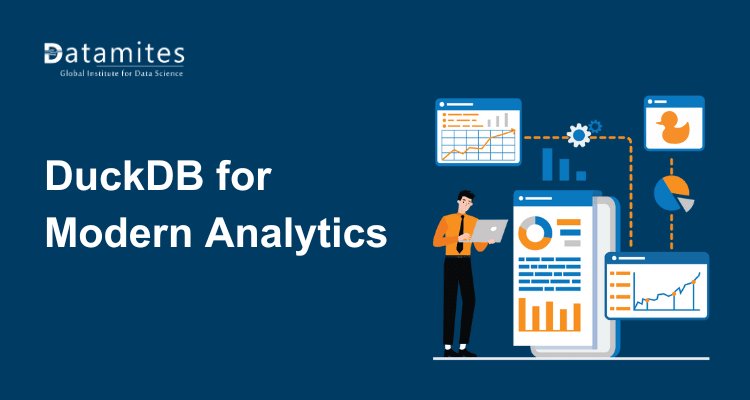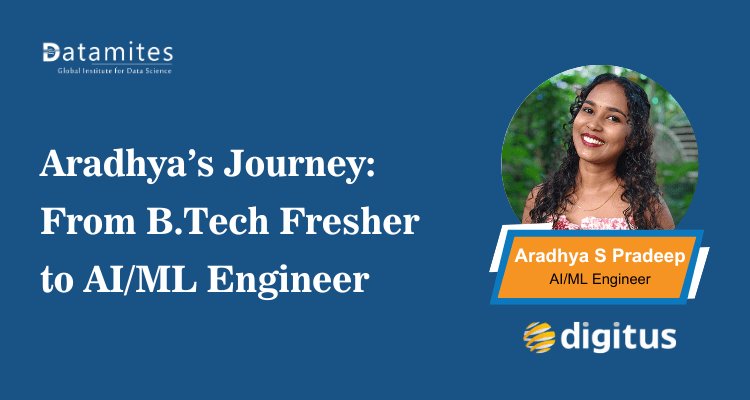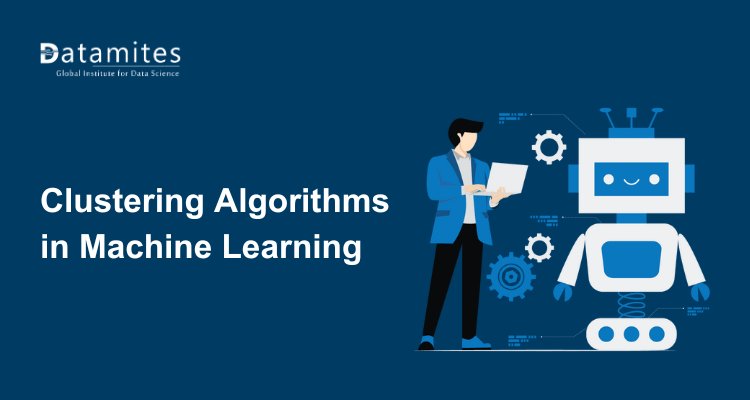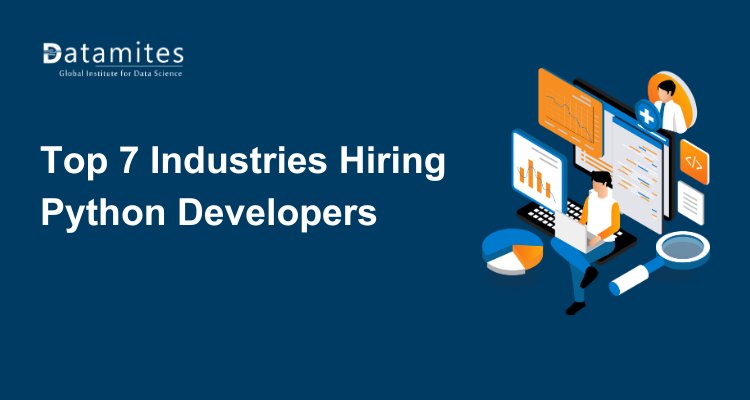Introduction to Spark: A Key Module in Advanced Data Science
Spark is a powerful framework that accelerates big data processing and analytics, making it essential for advanced data science. Its speed, scalability, and ability to handle large datasets empower professionals to build efficient models and gain deeper insights.
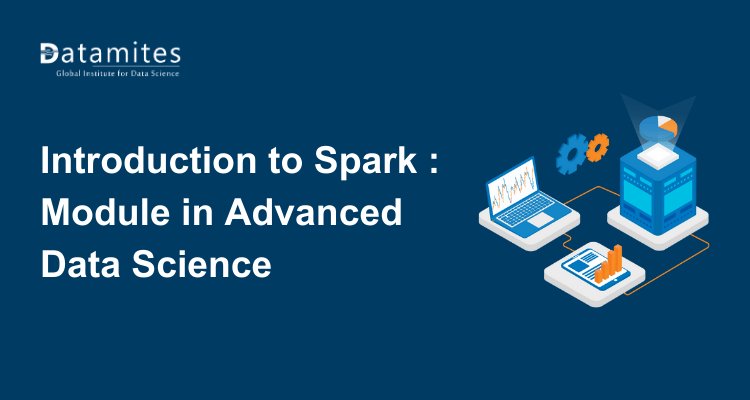
The demand for data science has exploded over the last decade, bringing with it a growing set of tools and technologies professionals need to master. If you’re exploring a data science career or considering a course, you’ll quickly notice Apache Spark is consistently highlighted. That’s because Spark isn’t just another tool, it’s a foundation for large-scale data processing, machine learning, and real-time analytics.
Modern data science programs focus on Spark for a reason. Learning it isn’t just about crunching numbers; it’s about tackling real-world challenges where massive datasets and rapid insights drive decisions. As data science expands across industries like healthcare, finance, and e-commerce, Spark has become the essential bridge between theory and practice.
What is Apache Spark?
Apache Spark is an open-source engine built to process big data and complex analytics at high speed. Unlike Hadoop, which works mainly in batches, Spark handles both batch and streaming data, making it flexible and scalable. Its in-memory computing cuts processing time drastically, allowing terabytes of data to be analyzed much faster than older frameworks. From machine learning to fraud detection and healthcare analytics, Spark has become one of the essential data science tools driving innovation across industries.
Why Spark is a Key Module in Data Science Training
When you enroll in a data science course, you’re not just learning coding or statistics, you’re equipping yourself with the skills in data science that employers actually demand. Spark sits at the core of this training. Apache Spark is one of the top data processing frameworks, with 57% of data professionals reporting usage in a 2024 survey by Databricks. Most best data science institutes include Spark as part of their core curriculum because employers expect graduates to know it.
Here’s why Spark is emphasized: it connects theory to practice. Knowing machine learning algorithms is one thing, but being able to run them efficiently on massive datasets is what makes you job-ready. For learners who prefer in-person formats, many offline data science courses also offer modules on Spark, reinforcing its universal importance. In short, Spark isn’t optional. It’s part of the skill set every aspiring data scientist should master, right alongside Python, SQL, and statistical modeling.
Refer to these articles:
- Does Data Science Require Coding?
- Mastering Data Wrangling in Data Science
- Why Do You Need Data Science for Business?
Applications of Spark in Data Science
Apache Spark shows up all over the place in data science because it handles one big problem really well: working with huge amounts of data without grinding to a halt. Let’s break down the main applications.
Data Processing and Cleaning
Most of the time in data science goes into wrangling messy data. Spark’s distributed system makes it possible to clean, join, and transform datasets with millions (or billions) of rows far faster than pandas or Excel could ever handle.
Feature Engineering
You can build new variables, aggregate data, and run transformations at scale. Spark’s DataFrame API lets you design complex feature pipelines that can run on clusters, so the same workflow works whether your dataset is a few gigabytes or several terabytes.
Machine Learning at Scale
Spark MLlib provides algorithms for classification, regression, clustering, and recommendation. While it doesn’t cover every cutting-edge model, it’s very good for production-grade tasks where you need speed and parallelism. For example, training a logistic regression model on a hundred million rows is straightforward.
Streaming Analytics
Spark Streaming and Structured Streaming let you process data in real time. That matters for fraud detection, sensor monitoring, or live user behavior analysis where you can’t wait for batch jobs.
Graph Analytics
With GraphX, Spark can analyze relationships between entities, like users in a social network, or products bought together. Think community detection, influence modeling, or supply chain optimization.
Big Data Integration
Spark connects easily with Hadoop, Hive, Cassandra, HBase, and cloud storage systems. This makes it a bridge between raw data lakes and analytical or predictive models.
Exploratory Data Analysis at Scale
You can query massive datasets with Spark SQL, sampling down when you need quick looks and scaling up when you want exact numbers. It’s a way to explore data interactively without being stuck waiting on queries for hours.
These applications of data science demand tools that can handle massive datasets. Spark sharpens your skills and makes you industry-ready. If you want to be a data scientist, mastering Spark turns theory into practice.
Refer to these articles:
- The Rise of Data Science in the Agriculture Industry
- Getting Started with Python for Data Science
- How Data Science is Shaping the Healthcare Industry
Spark and the Future of Data Science
Now let’s talk about the future of data science. Spark isn’t just relevant today, it’s shaping tomorrow. Today, over 80% of Fortune 500 companies use Spark to power their analytics. As data science trends move toward AI-driven insights, real-time analytics, and cloud-native applications, Spark is positioned to play a central role. Its integration with libraries like MLlib for machine learning and its compatibility with cloud platforms like AWS and Azure make it future-proof.
The scope of data science is only going to widen. Industries will continue generating more data, and companies will need professionals who can turn that data into action. Spark is part of that story. If you’re serious about a career in data science, building Spark expertise now sets you up for long-term growth.
Building a Data Science Career with Spark
In 2025, the data science job market is experiencing significant growth, with roles in AI and automation leading the demand. A recent report highlights that over 11,000 job openings in the UK are AI-related, with data engineers and machine learning specialists being particularly sought after. This surge in demand underscores the importance of acquiring skills that address real-world challenges, such as handling massive datasets. Apache Spark is a key tool in this regard, enabling professionals to process and analyze large-scale data efficiently.
To stand out in the competitive data science field, it's essential to build a solid foundation and gain practical experience. Here's a streamlined roadmap:
- Master the Basics: Begin with Python, SQL, and fundamental statistics to establish a strong analytical base.
- Gain Spark Expertise: Learn how to utilize Spark for machine learning, big data analytics, and real-time streaming applications.
- Apply Knowledge in Projects: Develop practical solutions like recommendation systems, financial models, or healthcare analytics using Spark.
- Pursue Specialized Training: Enroll in reputable data science courses that incorporate Spark into their curriculum to ensure comprehensive learning.
By following this roadmap, you not only acquire theoretical knowledge but also develop practical skills that are highly valued by employers. Demonstrating proficiency in tools like Spark positions you as a capable candidate ready to tackle complex business problems.
Refer to these articles:
In summary, integrating Spark into your data science journey equips you with the tools necessary to excel in a rapidly evolving job market. As industries continue to generate vast amounts of data, professionals who can effectively harness this information will be at the forefront of innovation and decision-making.
Apache Spark has become more than just a tool, it’s a key module in advanced data science. From its role in applications of data science to its importance in data science training, Spark sits at the intersection of what learners need and what employers want. The demand for data science professionals isn’t slowing down, and the future of data science will lean heavily on tools like Spark.
If you’re pursuing a career in data science, Spark deserves a top spot on your learning path. Master it through a structured data science course in Bangalore, apply it in real projects, and you’ll position yourself for success in a field that continues to grow in scope and opportunity.
Among the leading institutions shaping data science education, DataMites Institute stands out as a top choice. Recognized by TechGig as one of India’s premier AI and Data Science institutes, DataMites combines an industry-aligned curriculum with hands-on learning and practical internships that bridge the gap between theory and real-world application.
DataMites Institute offers Certified Data Scientist programs accredited by both IABAC and NASSCOM FutureSkills. These programs provide in-depth training in essential data science tools, machine learning techniques, and advanced analytics, skills highly sought after across today’s data-driven industries.
DataMites training institute has offered offline training across major cities in India, including data science training in Nagpur, Bangalore, Pune, Chennai, Hyderabad, Coimbatore, Ahmedabad, and more. DataMites flexible online programs make high-quality education accessible to learners worldwide. Whether you’re just starting out or aiming to enhance your expertise, DataMites equips you with the practical skills and credentials needed to grow in a competitive data science career.

